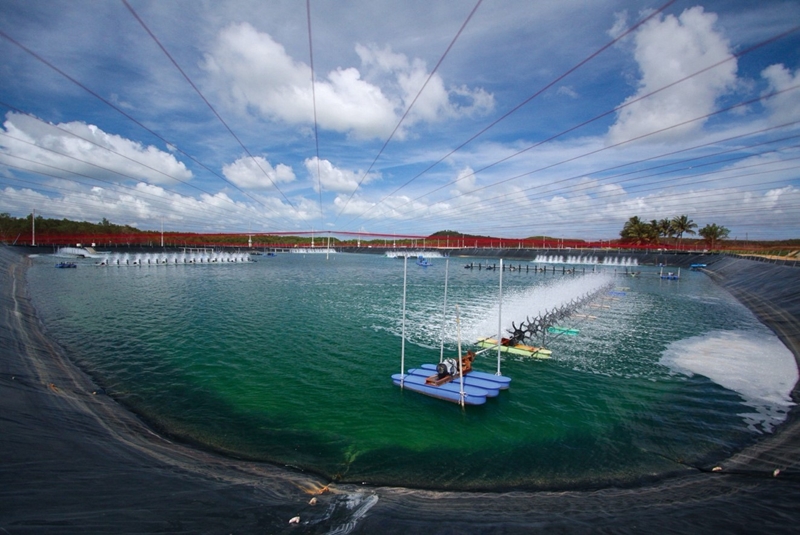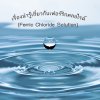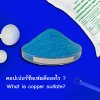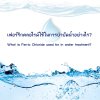The use of copper sulfate in shrimp farming
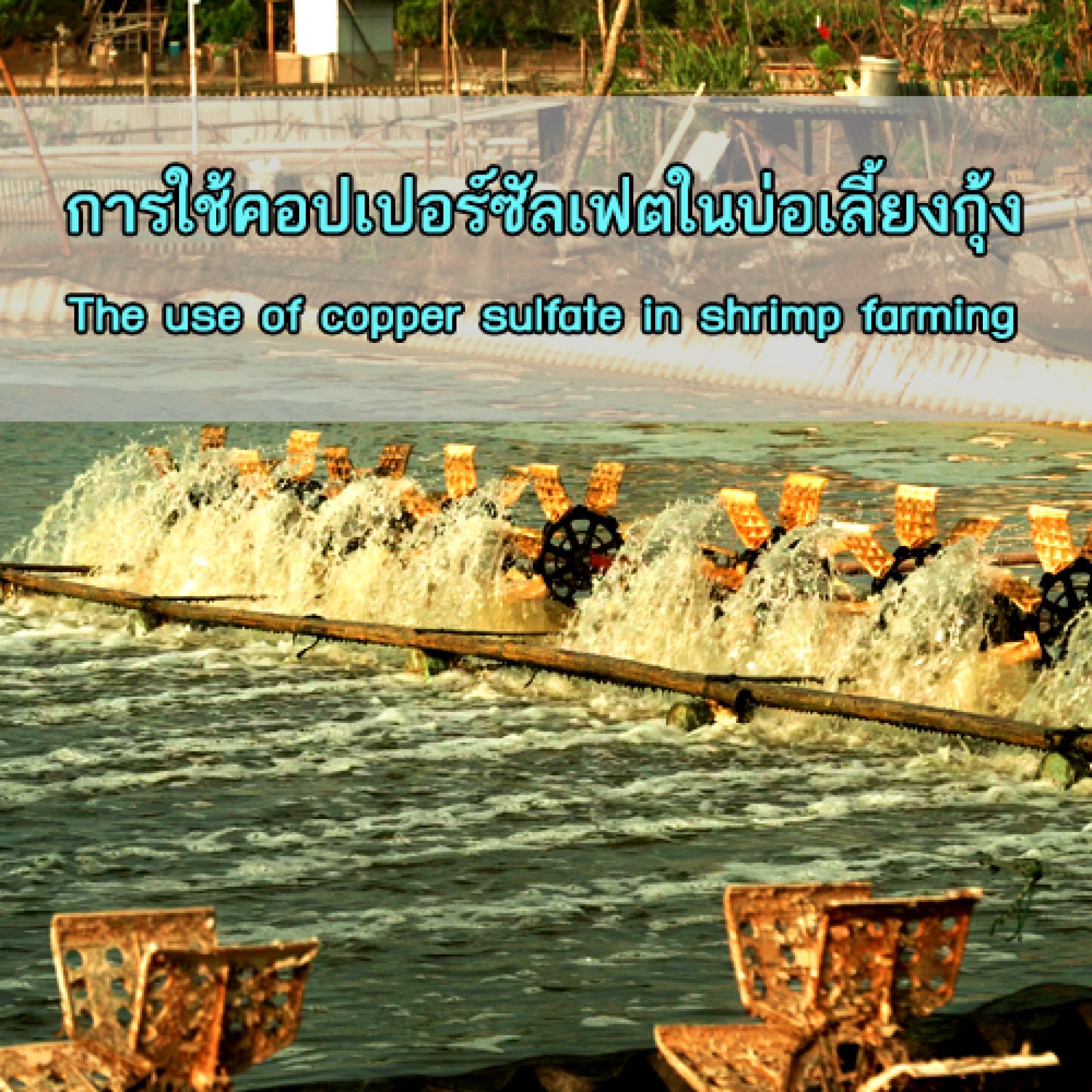
Sharing knowledge about copper sulfate in shrimp farming
Copper sulfate is used for a variety of purposes, including controlling blue-green algae that causes unpleasant odors in aquaculture, treating certain diseases and parasites in aquatic animals, and removing shellfish from ponds.
High copper (Cu) concentrations in water can be harmful to shrimp and other aquatic life. A safe treatment rate for copper sulfate pentahydrate in shrimp ponds is 0.01 times total alkalinity. If the alkalinity is 100 mg/L, the maximum safe treatment is 1 mg/L of copper sulfate or approximately 0.25 mg/L of copper (Cu). This concentration is considered safe because copper (Cu) concentrations decrease rapidly after treatment. Copper (Cu) concentrations fall to pre-treatment levels within 48 to 72 hours, according to data from ictalurid catfish ponds in Alabama, USA. In addition, copper (Cu) concentrations have not reached the predicted maximum level of approximately 0.25 mg/L as disclosed.
Copper is an essential nutrient for plants and animals, particularly in cuproenzymes, which catalyze various reactions in living organisms. Copper is particularly important for shrimp because it is part of hemocyanin, a metalloprotein found in blood that combines with oxygen to increase its oxygen-carrying capacity. Copper plays a role in hemocyanin, just as iron plays a role in hemoglobin in the blood of vertebrates. Life cannot exist without copper.
Copper sulfate is widely used in many countries to control algae, which causes unpleasant tastes and odors. We cannot definitively state that the use of copper in aquaculture will not have any negative environmental impacts or pose any food safety risks. However, there does not appear to be any reasonable grounds for banning its use in aquaculture. If some basic precautions are followed, the use of copper in aquaculture ponds should only be done when absolutely necessary.
